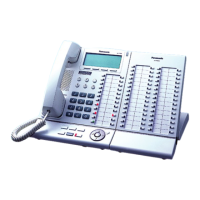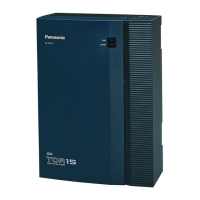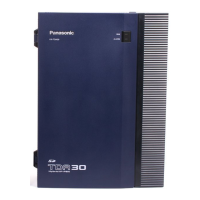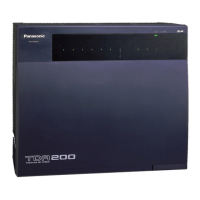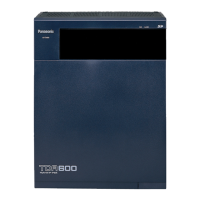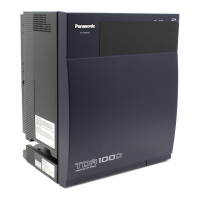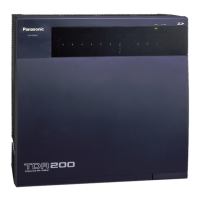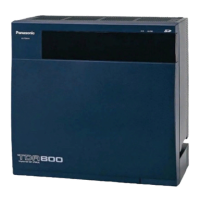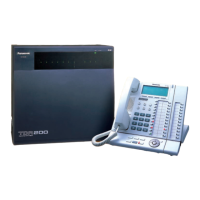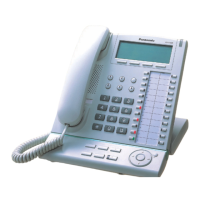1.2 Receiving Group Features
Feature Guide 35
Feature Guide References
1.3.1.2 Call Forwarding (FWD)
1.18.2 Flexible Buttons
1.2.2.2 Group Call Distribution
Description
Each incoming call distribution (ICD) group has a specified number of extensions which can handle calls at
the same time. (→ Maximum Number of Agents [632]) This allows you to devote some of your staff to
answering calls (call agents) while others carry on with their work. As calls are directed to the group, they
are distributed to extensions using the desired distribution method until the preprogrammed number of
agents are busy with calls. Once this number is exceeded, new calls to the group are placed in a queue (→
1.2.2.3 Queuing Feature).
1. Distribution Method
Each ICD group can use a different method of distributing calls to its member extensions (→ ICD Group
Distribution Method [624]), described below.
Distribution Method Description
Uniform Call Distribution
(UCD)
Available extensions are searched for in the order in which they were
assigned to the group, starting with the extension assigned after the last
extension to answer a call. Searching is circular, i.e., if a call is answered
by the last extension assigned to the group, the next call will start
searching for an available extension beginning with the first extension.
Priority Hunting Available extensions are searched for in the order in which they were
assigned to the group.
Extn.
A
Starts searching from
extn. B. (Skips extn. A.)
Received
the last call.
Extn.
B
Extn.
C
Extn.
D
Extn.
A
1st Priority 2nd Priority 3rd Priority ...Priority
Always searches beginning with the
first extension assigned to the group.
Extn.
B
Extn.
C
Extn.
X
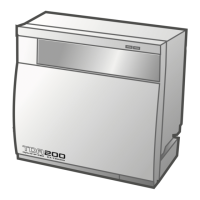
